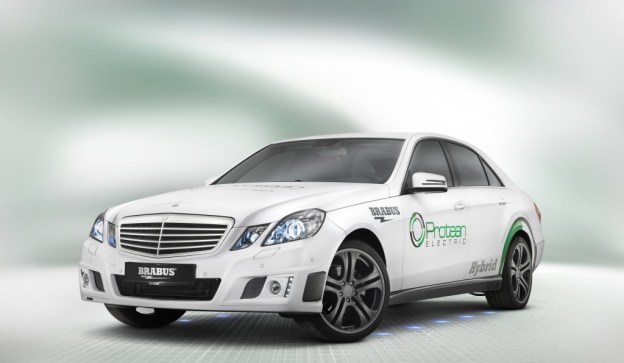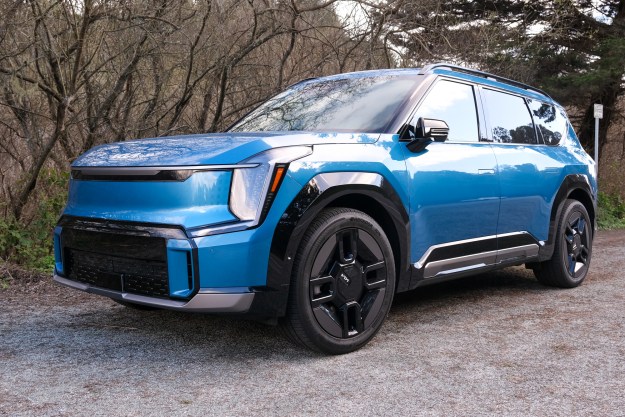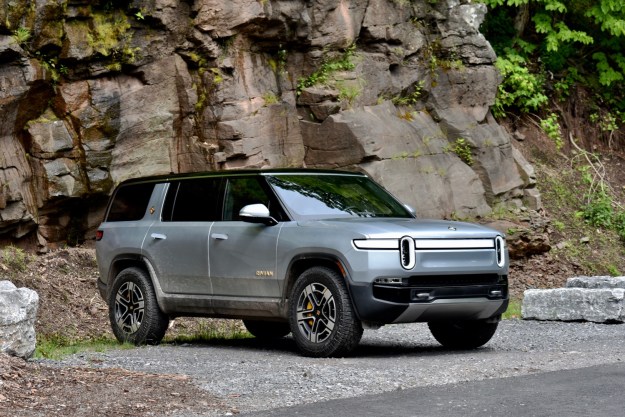 A new high-tech wheel rolled out by Protean Electric could help increase the fuel efficiency of hybrids by as much as 30 percent.
A new high-tech wheel rolled out by Protean Electric could help increase the fuel efficiency of hybrids by as much as 30 percent.
The advanced system, unveiled at the 2013 SAE World Congress, features in-wheel electric motors that help to power a hybrid and improve the vehicle’s overall drive system.
The electric motors, which are stored in space behind the wheel, can deliver 1,000 Nm (735 lb.-ft.) of torque and 75 kW (100 hp).
Developed with test vehicles like a BRABUS full electric and hybrid, the wheels are said to improve fuel economy by 30 percent, depending on battery size. The regenerative braking system allows up to 85 percent of the available kinetic energy to be recovered during braking.

When equipped on the BRABUS Hybrid, Protean’s pre-production electric in-wheel motors each added 80 kW (110 hp) and 800 Nm (590 ft.-lbs.) of peak torque to power the car’s rear wheels in combination with the internal combustion engine. The technology gave the car a combined electric motor and internal combustion engine acceleration of 0-100 km/hr (0-62 mph) in 7.4 seconds and a combined electric motor and internal combustion engine acceleration of 60-120 km/hr (37-75 mph) of 5.6 seconds.
The fact that the in-wheel motors don’t require gearboxes, driveshafts or differentials, is also said to give carmakers more flexibility when designing an EV, according to Protean. Each in-wheel motor can be controlled independently, which is said to provide for greater control, performance and vehicle dynamics than other drive systems.
“Protean Electric is ready to enable the global automobile industry as it moves to high volume, low cost hybrid and electric drive powertrains,” said Bob Purcell, chairman and CEO of Protean Electric, in the company’s official press release for the technology. “Our system can be applied to current vehicle platforms, retrofit existing vehicles or create all new architectures for the future.”
The Protean Electric wheel, which is being manufactured in China, is expected to go into full production in 2014.
Editors' Recommendations
- MIT finds that it might take a long time for EVs to be as affordable as you want
- Hyundai cracks off two new land speed records in fuel cell, hybrid cars


